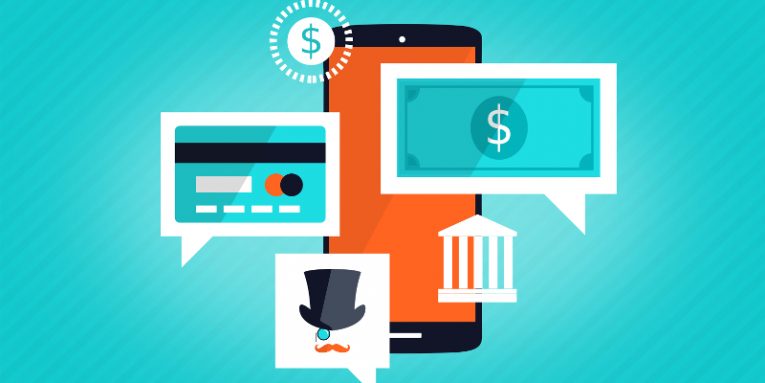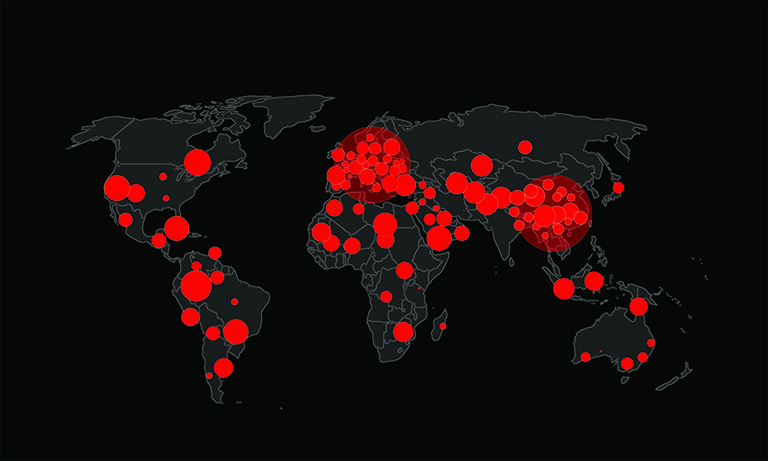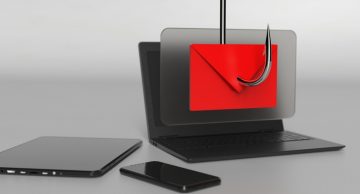Chase - Transfer Is Processing And Will Be Deducted Email Scam

Online scams are quite sophisticated. They often impersonate well-known financial institutions to trick users into revealing sensitive information. One such scam is the "Chase - Transfer Is Processing And Will Be Deducted" email, which falsely claims that a money transfer is being processed from the recipient's account. While the email may appear convincing, it is designed to steal banking credentials through a phishing website. Understanding how this scam operates can help users avoid falling victim to financial fraud.
What Is the "Chase - Transfer Is Processing And Will Be Deducted" Email Scam?
This scam email typically arrives with a subject line such as "You have a new secured message." It notifies the recipient that a $350 transfer is currently being processed and will be deducted from their account on the next business day. The message also provides a 24-hour window to cancel the transaction if the recipient does not recognize it.
At first glance, this email may seem like a legitimate security notification from Chase Bank. However, it is not affiliated with JPMorgan Chase Bank, N.A. The goal of the scam is to create a sense of urgency so that recipients click on the provided link without verifying its authenticity.
Here's what the fraudulent email says:
Subject: You have a new secured message
Monthly Service Fee | ATM fees
View Online | Email Security Information
Chase Logo
Dear customer, Your direct demand transfer is processing and will be deducted from your account in the next business day. The following transaction will reflect on your transaction history once deducted.
Payment details:
Amount: $350.00 (USD)
Memo:
Cut off time: 12am of the next business dayIf this transfer wasn't requested by you tap on the link below to verify and stop this and any intermittent transfer scheduled before the next 24 hours.
STOP AND VERIFY
Warning: Ignoring or giving wrong details means you are not the rightful owner of this account and
we are going to terminate the account if such activity is detected.Thank you for being a Chase Customer and we look forward to serve all your financial needs.
Sincerely,
Chase Online Service
How the Scam Works
When the recipient clicks on the "Cancel Transaction" button, they are redirected to a fraudulent website that closely resembles the real Chase Bank login page. However, this website is a phishing site designed to steal login credentials.
Once users enter their username and password, these details are sent directly to scammers. With access to the victim's bank account, cybercriminals can:
- Withdraw funds or make unauthorized transactions
- Gain access to linked credit cards and financial accounts
- Change login details to lock the real user out of their account
Although the phishing site linked in this particular campaign was inactive at the time of analysis, scammers frequently update and improve their techniques, making it essential for users to remain cautious.
Why This Scam Is Effective
Scammers carefully design these emails to appear legitimate, often using:
- Official branding from Chase Bank
- Banking terminology to make the message seem authentic
- Urgent language to pressure users into acting quickly
Because many people regularly check their financial transactions, an unexpected transfer notification can create panic, leading them to click the link without questioning its legitimacy.
Potential Consequences of Falling for This Scam
If a victim unknowingly provides their login credentials to the phishing site, they may experience serious financial and security risks, including:
1. Unauthorized Transactions and Fraud
Hackers can transfer money out of the account, make online purchases, or even open credit lines in the victim's name.
2. Identity Theft
A compromised Chase account may provide criminals with access to personal details, which they can use to impersonate the victim for fraudulent activities.
3. Compromised Linked Accounts
If the stolen email and password are used on multiple platforms, scammers may be able to access other financial services, social media, or even work-related accounts.
How to Recognize and Avoid Phishing Emails
Since phishing scams are designed to look legitimate, knowing what to watch for is the best defense. Here are some key warning signs:
1. Unusual Sender Email Addresses
Even if the email claims to be from Chase, always check the sender's address. Scammers often use slightly altered versions of legitimate addresses.
2. Generic Greetings
Legitimate banks usually address customers by name rather than using vague greetings like "Dear Customer" or "Dear User."
3. Urgent or Threatening Language
Phishing emails often claim that immediate action is required, such as "Your account will be suspended if you do not respond."
4. Suspicious Links
Hover your mouse cursor over links (without clicking) to check the actual URL. If it does not lead to chase.com, it is likely fraudulent.
5. Poor Grammar or Formatting Errors
While some phishing emails are well-crafted, many contain spelling errors, unusual wording, or inconsistent formatting.
Steps to Take If You Clicked the Link or Entered Your Credentials
If you accidentally interacted with the phishing email, take these steps immediately:
- Change your Chase password as soon as possible.
- Enable multi-factor authentication (MFA) to add an extra layer of security.
- Monitor your bank account for suspicious transactions and report unauthorized activity to Chase.
- Notify Chase Bank's fraud department to alert them of the phishing attempt.
- Check other accounts that use the same password and update their login details as well.
How to Stay Protected from Email Scams
Since phishing attempts are constantly evolving, maintaining good security habits is key to protecting your personal and financial information.
1. Never Click Suspicious Links
Instead of clicking on links in an email, visit your bank's official website by typing the URL directly into your browser.
2. Enable Multi-Factor Authentication (MFA)
MFA requires a second step (such as a mobile authentication code) to log in, making it much more challenging for hackers to access your account even if they have your password.
3. Use Unique and Strong Passwords
Avoid reusing passwords across multiple accounts. A password manager can help you create and store secure passwords.
4. Regularly Check Account Activity
Frequent monitoring of bank statements and transaction history can help catch unauthorized charges early.
5. Report Phishing Emails
If you get a suspicious email that says it's from Chase, do not interact with it. Instead, report it to the government institutions responsible for cyber crime investigations or Chase Bank itself.
Final Thoughts
The "Chase - Transfer Is Processing And Will Be Deducted" scam is designed to manipulate users into revealing their banking credentials through fear and urgency. While these phishing emails can appear highly convincing, staying informed about common scam tactics can help users recognize and avoid such threats.
By exercising caution with unexpected emails and verifying financial notifications through official banking channels, individuals can greatly reduce the risk of online fraud. If an email ever seems suspicious, remember: It is always better to verify before you click.








